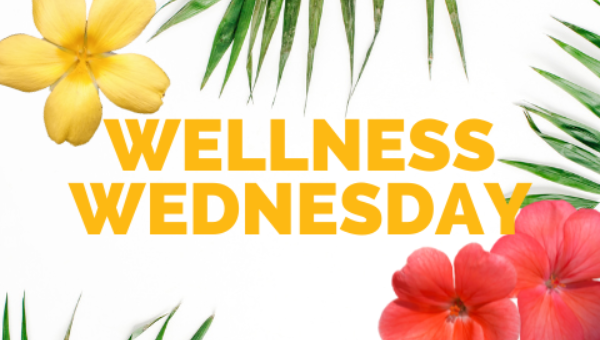A Beginner’s Guide to Intermittent Fasting
Jun 09, 2025
A Beginner’s Guide to Intermittent Fasting
If you've ever felt overwhelmed by complicated diet plans, endless calorie counting or the constant pressure to eat "clean," you're not alone. Enter intermittent fasting, a simple, flexible approach to eating that’s gained popularity for its potential health benefits and ease of implementation. But what exactly is intermittent fasting and how do you get started? Let’s break it down.
What Is Intermittent Fasting?
Intermittent fasting (IF) is not a diet it's an eating pattern. It focuses on when you eat rather than what you eat. The idea is to cycle between periods of eating and fasting, giving your body a break from constant digestion and allowing it to reset in a way that may benefit your metabolism, energy levels, and overall health.
Popular Intermittent Fasting Methods
There are several ways to practice intermittent fasting and the best method depends on your lifestyle and preferences. Here are a few common ones:
*16/8 Method: Fast for 16 hours and eat within an 8-hour window (e.g eating from 12:00 pm to 8:00 pm).
* 5:2 Diet: Eat normally for five days a week and reduce calorie intake (about 500–600 calories) on the other two non-consecutive days.
* Eat-Stop-Eat: Involves fasting for 24 hours once or twice a week.
* Alternate-Day Fasting: Alternating between fasting days and normal eating days.
For beginners, the 16/8 method is often the easiest to start with because it simply involves skipping breakfast.
Benefits of Intermittent Fasting
Intermittent fasting isn’t just a trend, many studies suggest it can offer a range of health benefits including:
1. Weight loss: By reducing your eating window, you may naturally eat fewer calories.
2. Improved insulin sensitivity: Helps regulate blood sugar levels.
3. Cellular repair: Fasting can trigger autophagy, a process that removes damaged cells.
4. Better focus: Many people report mental clarity during fasting periods.
5. Heart health: May help reduce blood pressure, cholesterol and inflammation.
Tips for Getting Started
1. Start slow: Try fasting for 12 hours and gradually increase your fasting window.
2. Stay hydrated: Drink plenty of water and herbal teas or black coffee (without sugar) are also okay during fasting.
3. Eat nutritious foods: When it’s time to eat, focus on whole foods , lean proteins, healthy fats, vegetables and whole grains.
4. Listen to your body: Fasting isn’t for everyone. If you feel dizzy, fatigued or unwell, it’s okay to stop.
5. Be consistent: Like any lifestyle change, results take time. Be patient and stay consistent.
Who Should Avoid Intermittent Fasting?
While IF can be beneficial for many, it’s not suitable for everyone. If you're pregnant, breastfeeding, have a history of eating disorders, or have certain medical conditions (like diabetes), speak with your healthcare provider before starting.
Conclusion
Intermittent fasting isn’t a magic bullet but it can be a helpful tool when combined with a balanced diet and healthy lifestyle. The best part? You don’t have to obsess over what you eat every second of the day. With a bit of planning and patience, intermittent fasting can fit seamlessly into your life.
Stay safe and healthy!
Recent Post

Bridging the Nutritional Gap: Understanding the Role and Limits of Supplements

Reclaim Your Focus: The Life-Changing Magic of a Digital Detox

Struggling with Dandruff? Simple Steps to Stop the Flakes!

Wellness Wednesday: Tips to Manage Your Health Better

Did You Know? Cloves Are Antioxidant Powerhouses Essential for Your Health!

Winter Wellness: Your Essential Guide to Thriving Not Just Surviving

Did You Know? Hibiscus Tea Can Help Tame High Blood Pressure

The Overthinking Trap: When Your Mind Becomes Your Worst Enemy

The Health Benefits of Journaling: A Simple Habit for a Healthier Mind and Body

How to Tackle Insomnia and Improve Your Sleep Quality



